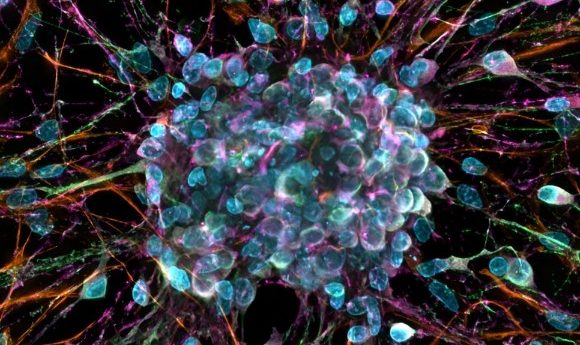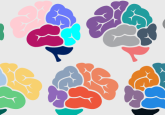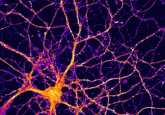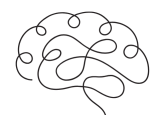Manipulating memories

By activating and suppressing regions of a mouse hippocampus, researchers have found a way to manipulate memories, potentially giving rise to new PTSD treatment.
The hippocampus has long been known to play an important role in the formation and storage of memories. Each memory we have is unique, formed from a distinct combination of different hippocampal subregions that together contain all the environmental and emotional information associated with the memory in question. Storing all memories, both positive and negative, the hippocampus could have potential for personalized therapeutic techniques that can enhance or suppress memories.
In a study recently published in Current Biology, researchers have demonstrated how pliable memory can be if you know which regions of the hippocampus to stimulate and shown how traumatic memories can be so emotionally loaded.
Using optogenetics and mice models, the researchers mapped out which hippocampal cells were activated upon the formation of positive, negative or neutral memories. Positive memories included exposure to a female mouse, whereas negative memories were formed when the mice received mild – yet startling – electric shocks to the feet. With the activated cells glowing green, they were able to first identify the key regions and then target them, triggering the memories again at a later time.
“The field of memory manipulation is still young…. It sounds like sci-fi but this study is a sneak preview of what’s to come in terms of our abilities to artificially enhance or suppress memories,”
The results revealed the different roles of the top and the bottom of the hippocampus; activating the top appeared to flatten the trauma of any bad memories whereas activating the bottom led to long lasting fear and anxiety-related behavioral changes. This suggests that it is the lower region of the hippocampus that becomes overactive when memories of negative experiences become emotionally debilitating.
Senior author Steve Ramirez of Boston University (MA, USA) highlighted this critical distinction, noting that suppressing this overactivity could potentially be used as a treatment for PTSD and anxiety disorders. It could also play a role in enhancing cognitive skills added Ramirez, likening the effect to the 2011 film “Limitless” where the lead character took pills to drastically improve brain and memory function.
-
Predicting memory loss in old age
-
Source of new neurons for the hippocampus
-
Reversing memory loss
-
The link between memory and viruses
“The field of memory manipulation is still young… It sounds like sci-fi but this study is a sneak preview of what’s to come in terms of our abilities to artificially enhance or suppress memories,” commented Ramirez.
“Many psychiatric disorders, especially PTSD, are based on the idea that after there’s a really traumatic experience, the person isn’t able to move on because they recall their fear over and over again,” explained first author Briana Chen (Columbia University, NY, USA). “We’re a long way from being able to do this in humans, but the proof of concept is here,” she added.
So far, these studies have only been completed in mice models and, although mouse and human brains differ greatly, Ramirez remains confident in the translatability of the results. He argues that understanding the fundamental principles and seeing how they play out in mice is helping his team to create an idea of how memory works in people.
“Let’s use what we’re learning in mice to make predictions about how memory functions in humans,” he added. “If we can create a two-way street to compare how memory works in mice and in humans, we can then ask specific questions [in mice] about how and why memories can have positive or negative effects on psychological health.”





